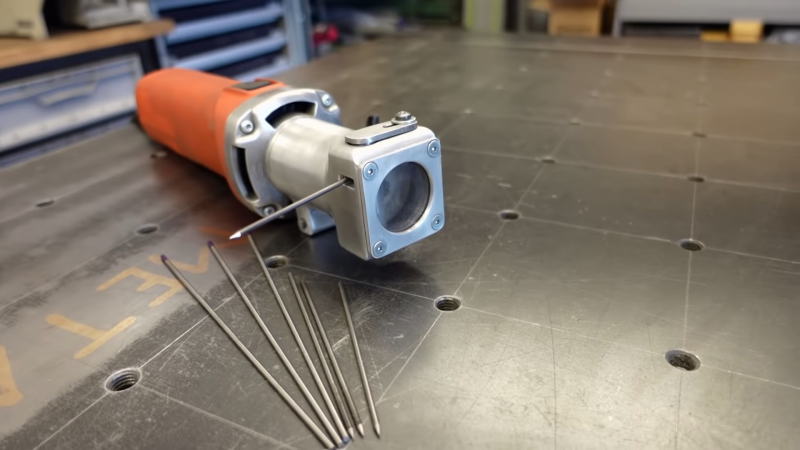Watch Out SiC, Diamond Power Semiconductors Are Coming For You!
The vast majority of semiconductors products we use every day are primarily constructed on a silicon process, using wafers of pure silicon. But whilst the economics are known, and processes …read more Continue reading Watch Out SiC, Diamond Power Semiconductors Are Coming For You!
